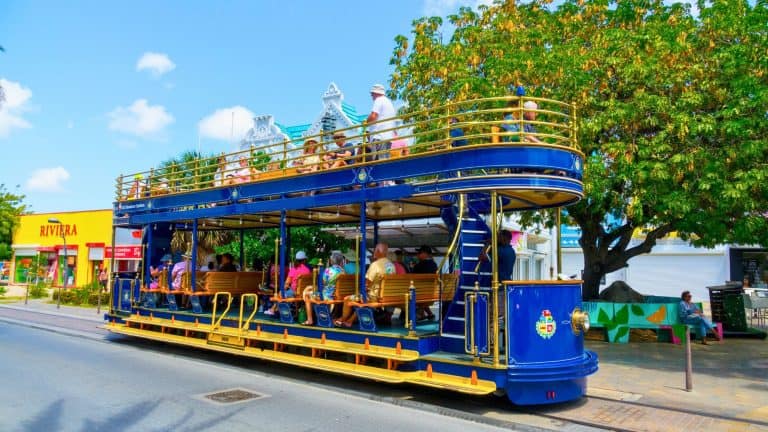Found By Accident contains affiliate links and is a member of the Amazon Services LLC Associates Program. If you make a purchase using one of the Amazon links (or other affiliate links), we may receive compensation at no extra cost to you. See our disclosure policy for more information.
11 Cruise Stops That Reward You For Leaving The Ship On Foot
Cruising often brings to mind long excursions, crowded buses, and packed itineraries, yet some ports invite a slower, more grounded approach. Because in certain destinations, the best discoveries lie just beyond the gangway, where cobblestone streets, harbor cafes, and historic quarters unfold within easy walking distance.
These ports make it possible to savor a city’s true rhythm without rushing to meet a tour group. You can linger in the scent of baked bread drifting from a market, watch fishermen unload their catch, or explore centuries-old landmarks at your own pace.
From European capitals to Caribbean hideaways, these cruise stops let you step off the ship and immediately feel the pulse of the place. And each one offers safe, scenic routes that highlight its local flavor, often with waterfront promenades, artisan shops, and shaded parks where you can take a break.
They’re ideal for travelers who prefer discovery over logistics, where the reward isn’t how far you go, but how deeply you experience what’s right outside the port. So lace up your shoes, grab a camera, and let’s explore the cruise destinations that make wandering on foot the most memorable part of your voyage.
Dubrovnik, Croatia

From the port at Gruz, it’s about 1.8 miles to Dubrovnik’s Old Town, one of the most walkable historic centers in Europe. The route follows a gentle incline along the Adriatic, revealing views of terracotta rooftops and medieval stone walls long before you reach them.
Once inside the gates, pedestrian-only streets wind through limestone plazas where laundry lines hang between centuries-old houses. You can walk the full circuit of the city walls, a two-hour stroll that offers uninterrupted views of the sea and nearby Lokrum Island. Cafes tucked into stairways serve cold lemonade and fresh pastries, ideal for a mid-walk pause.
Everything you’ll want to see, from the Rector’s Palace to the Franciscan Monastery, sits within a compact, easy-to-navigate area. Early mornings and evenings are quieter, especially when cruise traffic lightens (depending on how long yours is staying). And it’s worth carrying a hat and water, as the limestone reflects heat during the summer months.
Kotor, Montenegro
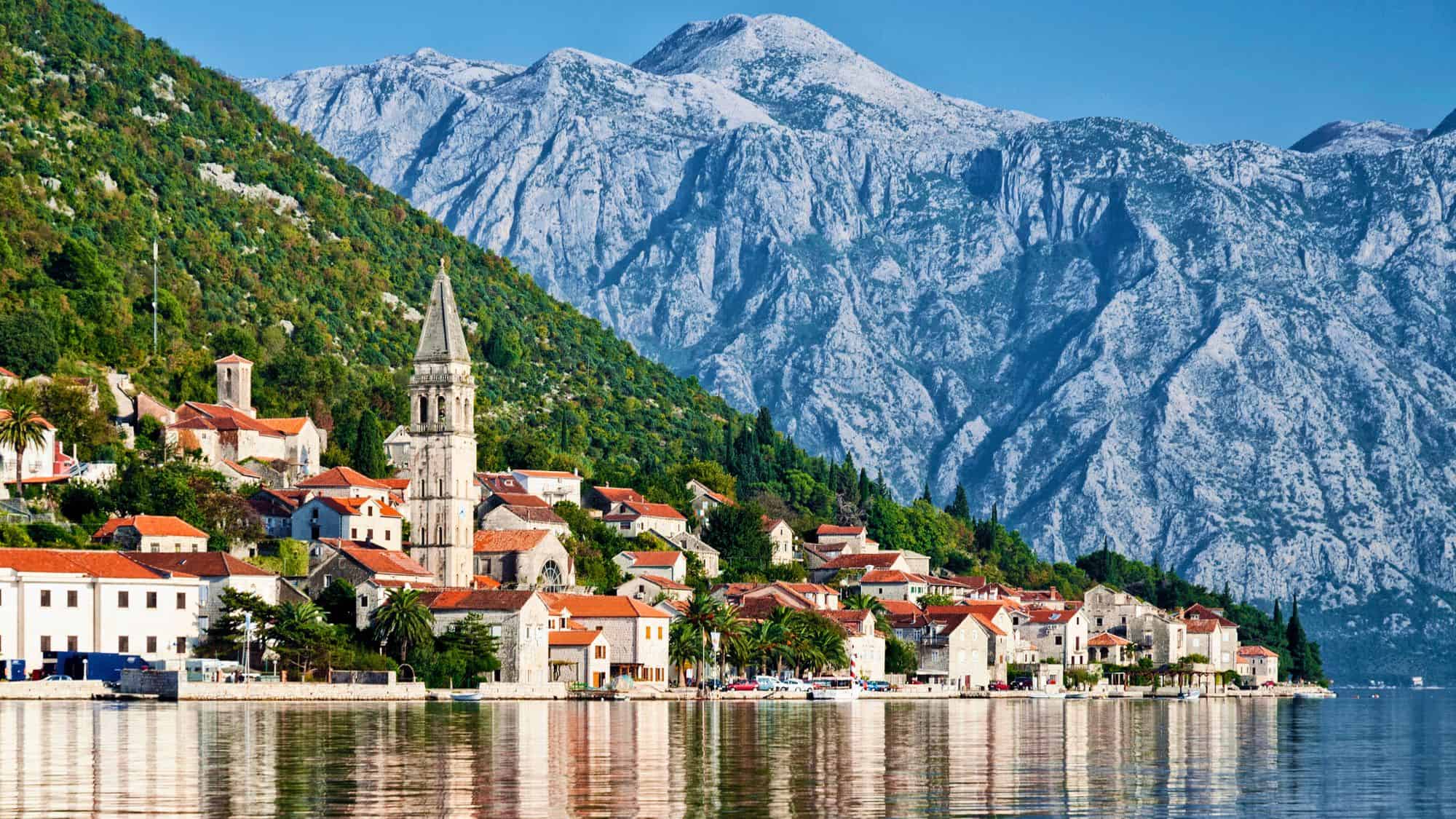
Kotor’s small harbor rests directly beneath towering cliffs, which means you can step off the ship and start exploring within minutes. The fortified Old Town sits right beside the dock, its stone gates leading into a maze of narrow alleys, Romanesque churches, and charming courtyards.
Walking here feels like exploring a hidden fortress, with cats lounging in shaded corners and church bells echoing between walls. The climb to the Castle of San Giovanni rises about 1,350 feet above the bay and is steep and demanding, so good footwear and water are essential.
Flat routes along the waterfront offer easier alternatives, lined with small cafes and family-run bakeries selling savory pastries known as burek. Because of its compact layout, Kotor is one of those rare ports where everything meaningful lies within walking distance, from historic landmarks to local markets filled with honey, olive oil, and lavender soap.
Bergen, Norway

When you dock in Bergen, Norway’s second-largest city, you’re immediately within reach of its UNESCO-listed Bryggen Wharf. Brightly painted wooden warehouses line the waterfront, recalling centuries of Hanseatic trade.
The compact old quarter is ideal for exploring on foot, with cobblestone lanes leading to small art galleries, seafood restaurants, and the bustling Torget Fish Market. You can walk less than a mile to the base of Mount Floyen and take the funicular to the summit for sweeping views of the city’s seven surrounding mountains.
If you prefer to keep your feet on the ground, trails begin right at the top and descend gently through forested paths. Rain showers are frequent, so locals advise wearing light layers and good shoes.
Tallinn, Estonia

Tallinn’s port sits just under a mile from the city’s medieval core, making it one of the most accessible capitals in the Baltic. The stroll into town passes modern cafes and art galleries before the spires of the Old Town rise ahead.
Within its ancient walls, cobblestone streets climb toward Toompea Hill, where you can look out over red rooftops and church towers. And small shops sell woolen mittens, amber jewelry, and hand-painted ceramics, many run by local artisans who welcome conversation.
Street musicians play near Town Hall Square, filling the air with gentle violin tunes. Every major attraction, from St. Olaf’s Church to the Kiek in de Kok Tower, can be reached on foot within an hour or two. The terrain can be uneven in spots, but benches and shaded courtyards offer natural rest points. It’s best to start early, as crowds grow when multiple ships dock at once.
Mykonos, Greece

Few cruise stops feel as immediately walkable as Mykonos, where the ship’s tenders drop you right into the heart of the island’s whitewashed maze. Every turn reveals a postcard view: blue shutters, climbing bougainvillea, and narrow alleys polished by centuries of footsteps.
The harborfront is lined with cafes where fishing boats bob against bright water, and pelicans stroll casually between tables. Walking through Little Venice, you’ll find balconies that hang directly over the sea, offering some of the island’s most striking sunset views. And the famous windmills are only a 10-minute walk uphill, overlooking the town and the Aegean beyond.
Because Mykonos is compact, exploring on foot feels effortless, even in midday heat when a sea breeze cuts through. For a quick cool-down, head to a nearby bakery for local almond cookies known as amygdalota.
Key West, Florida
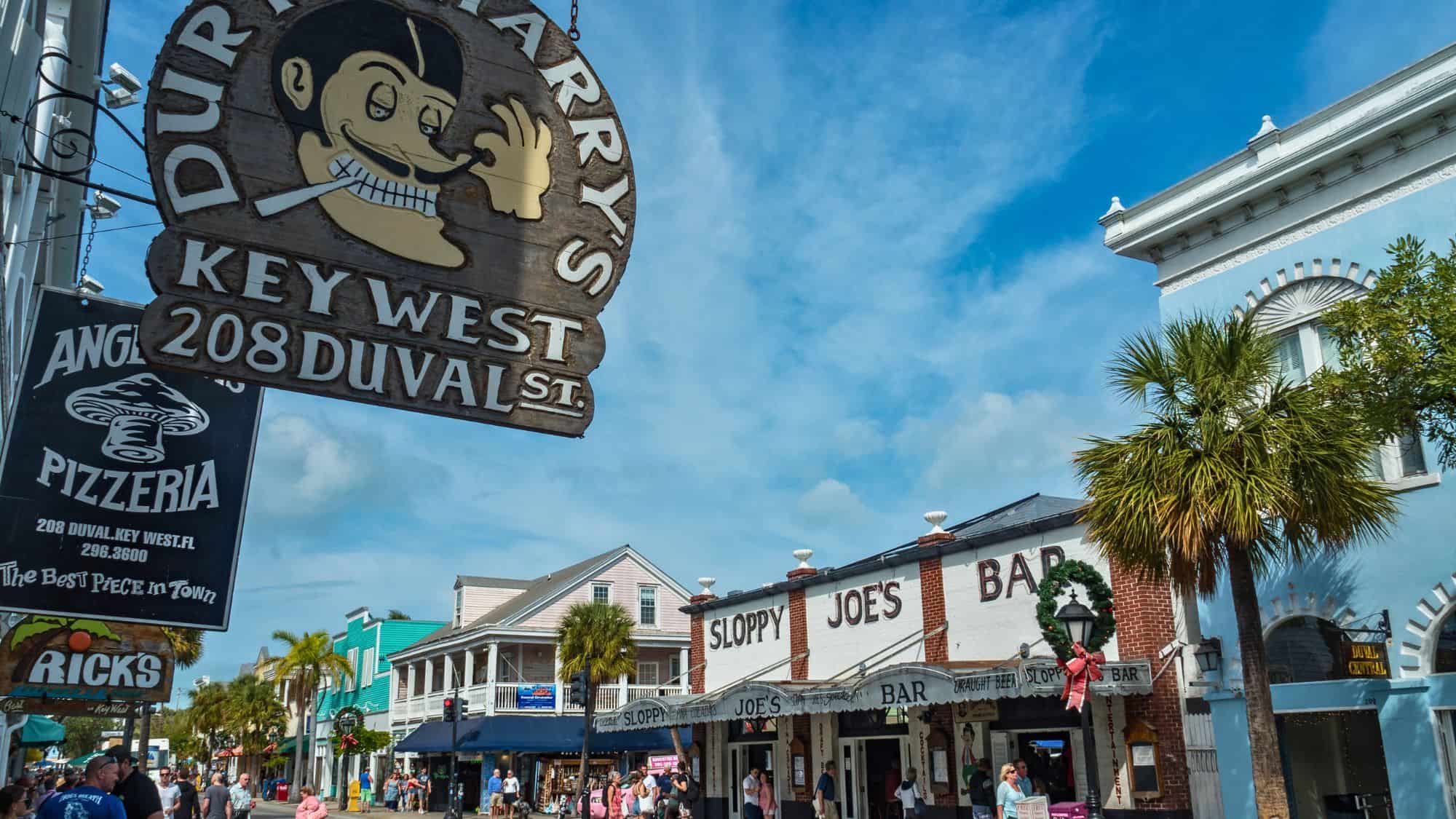
Key West is a port built for walking. The pier opens directly into Mallory Square, the island’s historic gathering point for sunset celebrations. From there, you can follow Duval Street for just over a mile to reach the Southernmost Point marker, passing galleries, seafood shacks, and restored Victorian houses along the way.
The entire route feels more like a lively parade than a simple street. Music drifts from open doors, and locals stop to chat beneath palm trees. Those interested in history can detour to the Ernest Hemingway Home, only a few blocks off the main path, where six-toed cats nap on shaded porches.
Another short walk leads to the Key West Lighthouse, whose spiral climb rewards visitors with sweeping ocean views. All in all, because the island’s grid is small and flat, you can comfortably see its highlights in an afternoon without needing transport. Even the heat feels manageable thanks to constant ocean breezes and the promise of frozen limeade at nearly every corner.
Valletta, Malta
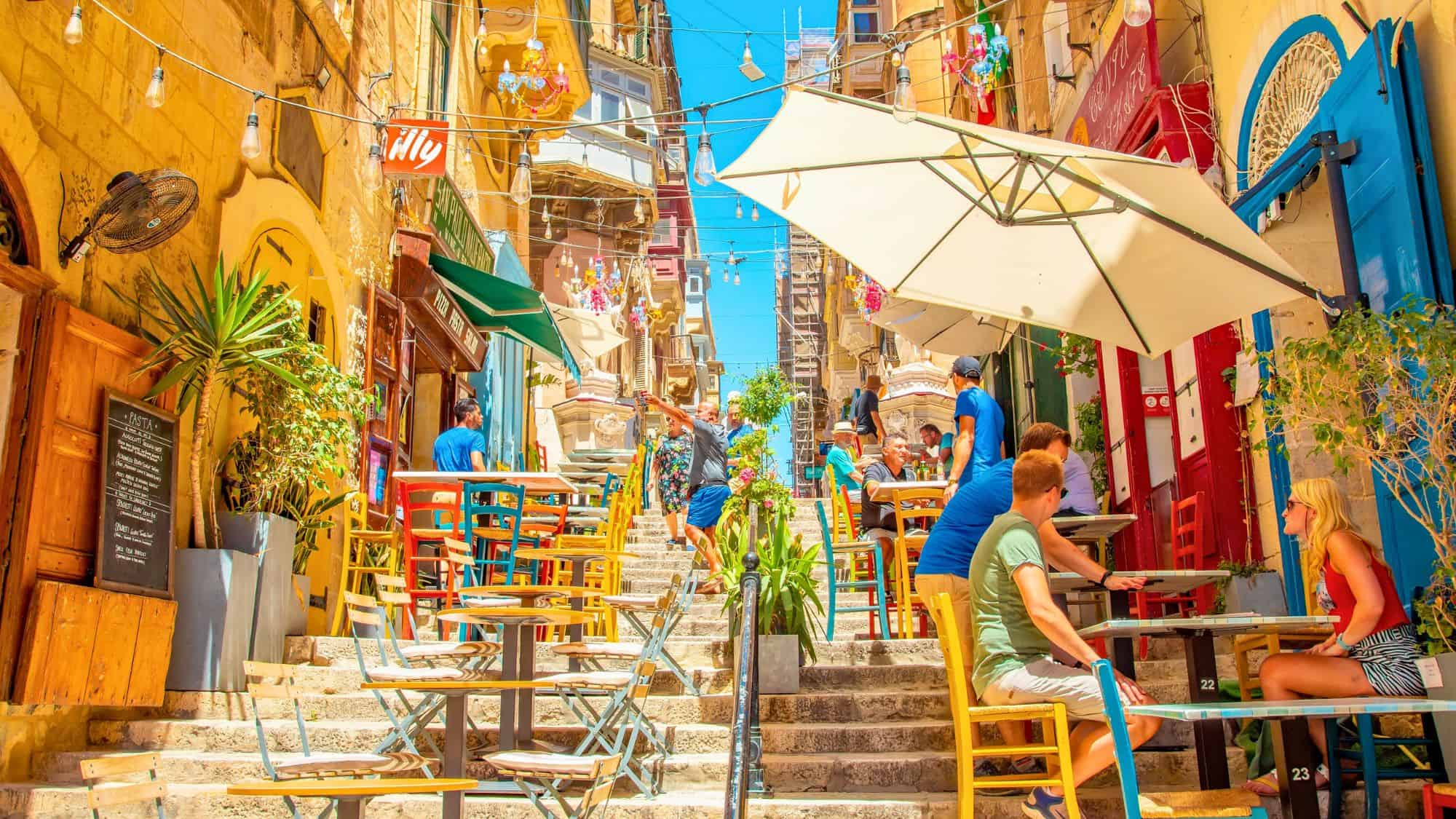
The port of Valletta rises dramatically from the sea, its honey-colored walls glowing under the Mediterranean sun. The terminal sits just below the city gates; so within ten minutes, you can be wandering Republic Street, lined with ornate balconies and quiet courtyards.
The layout makes walking straightforward, though the streets climb gently uphill toward St. John’s Co-Cathedral, home to Caravaggio’s masterpiece “The Beheading of Saint John.” Every block seems to reveal another historic building or sea view framed by old limestone walls.
You can stroll the Upper Barrakka Gardens for panoramic views of the Grand Harbour, often with cruise ships visible below. And street vendors sell pastizzi, flaky pastries filled with ricotta or peas, perfect for a walking snack. Even during busy cruise days, Valletta’s side lanes remain peaceful, leading to small piazzas shaded by citrus trees.
Quebec City, Canada
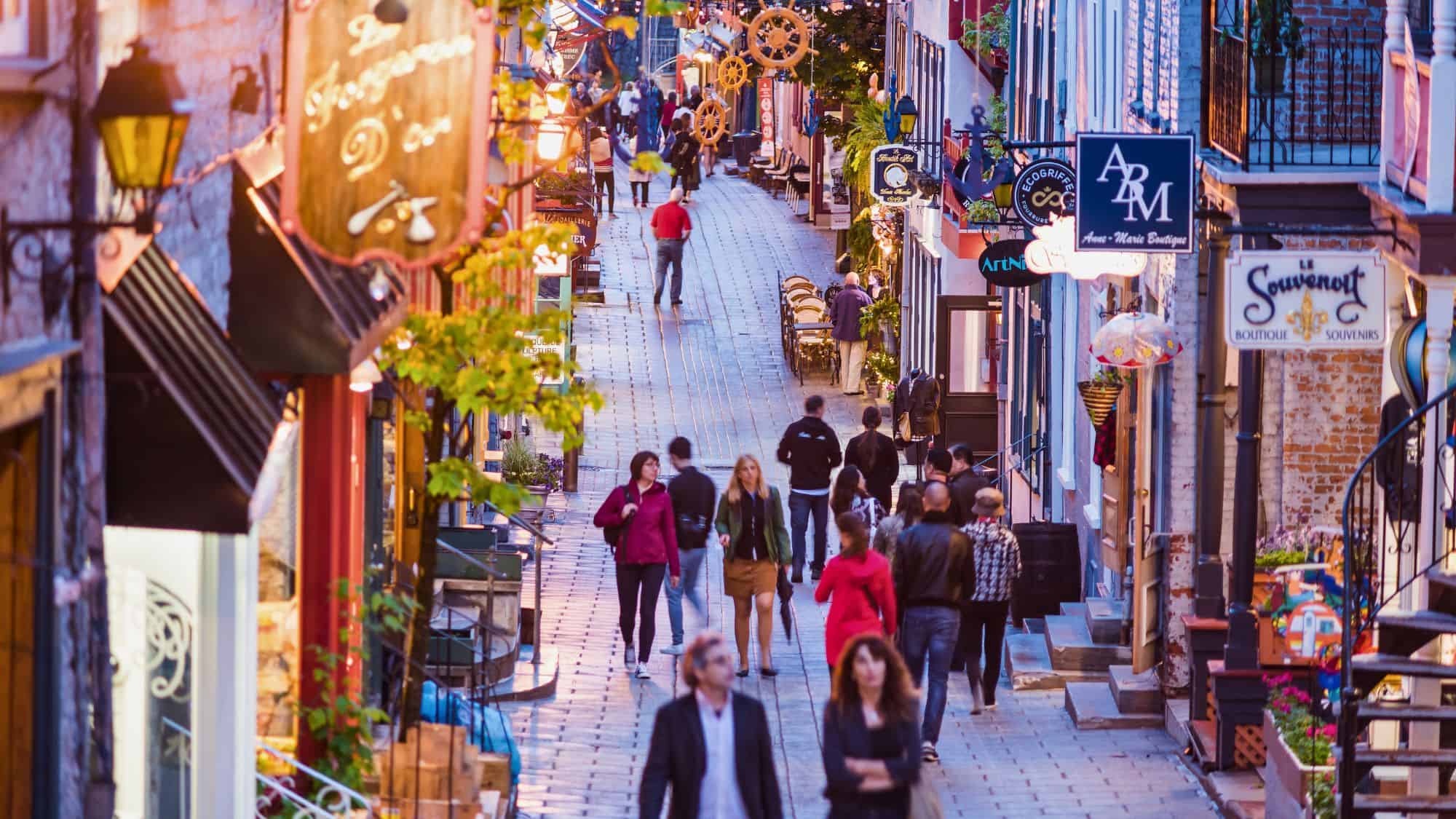
Quebec City’s Old Port area delivers one of the most atmospheric walks in North America. Cruise ships dock along the St. Lawrence River, with the walled Upper Town rising directly above. You can start by exploring Rue du Petit-Champlain, often called the prettiest street in Canada, lined with stone buildings and artisan boutiques.
The Funicular offers a quick ride uphill, but many choose to take the scenic staircase that leads to Chateau Frontenac, one of the most photographed hotels in the world. From its terrace, the view stretches for miles across the river valley. Along the way, street artists set up easels, and musicians play soft accordion tunes that echo off the walls.
Side alleys reveal hidden courtyards with small cafes serving maple desserts. And even in cooler months, the compact layout makes walking pleasant and accessible. Every corner holds a sense of living history, blending French charm with Canadian hospitality, all within easy reach of the ship.
San Juan, Puerto Rico

Few Caribbean ports offer such direct access to history as San Juan. The cruise terminal lies right beside the walled city, so within minutes you’re strolling cobblestone streets shaded by pastel buildings.
Castillo San Felipe del Morro, a 16th-century fortress guarding the harbor, sits approximately 1.5 miles from the pier, with its grassy ramparts overlooking the turquoise water. As you make your way there, Calle del Cristo leads past artisan shops, jewelry stores, and open plazas where locals feed pigeons or sip iced coffee.
Sidewalks here are narrow but well-kept, and sea breezes offset the tropical heat. Bright murals mark hidden courtyards, while the scent of roasted plantains drifts from street vendors. And every major attraction, from the cathedral to the city gates, connects through easily walked routes.
Charleston, South Carolina
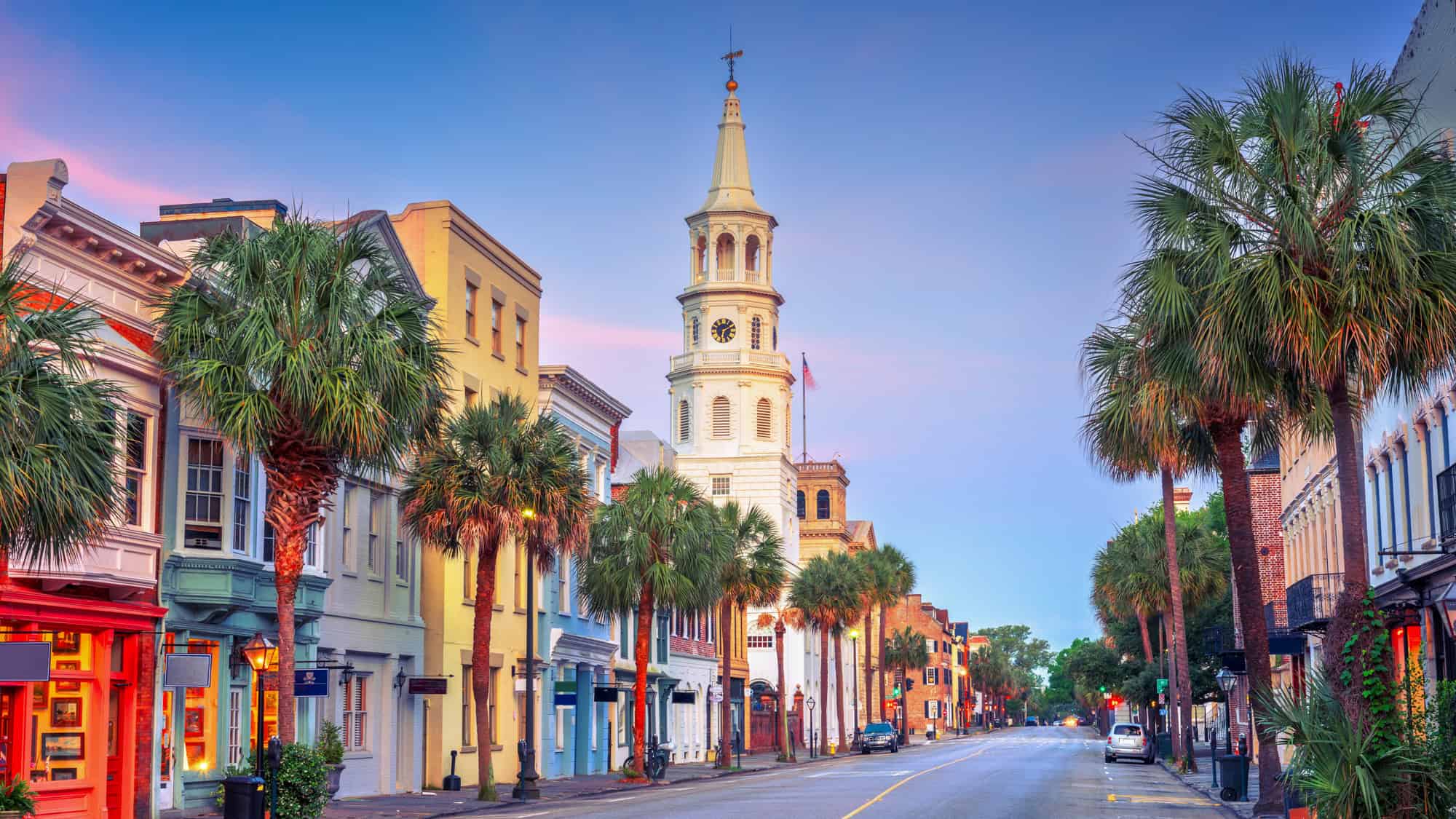
Charleston’s cruise port sits right beside the city’s historic core, which makes exploring on foot both easy and rewarding. Within five minutes, you can reach Waterfront Park, where fountains spray beside shaded benches overlooking the harbor.
From there, the cobblestone lanes of the French Quarter unfold toward Rainbow Row, a stretch of brightly colored homes dating back to the 18th century. And Charleston’s charm lies in its walkability; you can trace the city’s layers of history through its architecture, from Georgian mansions to iron-laced balconies draped in jasmine.
The Charleston City Market, less than a mile from the pier, offers locally made crafts and traditional sweetgrass baskets. Walking further south, White Point Garden opens onto views of Fort Sumter in the distance. Spring and fall bring ideal temperatures, while summer afternoons call for a slower pace and plenty of water.
Sydney, Australia
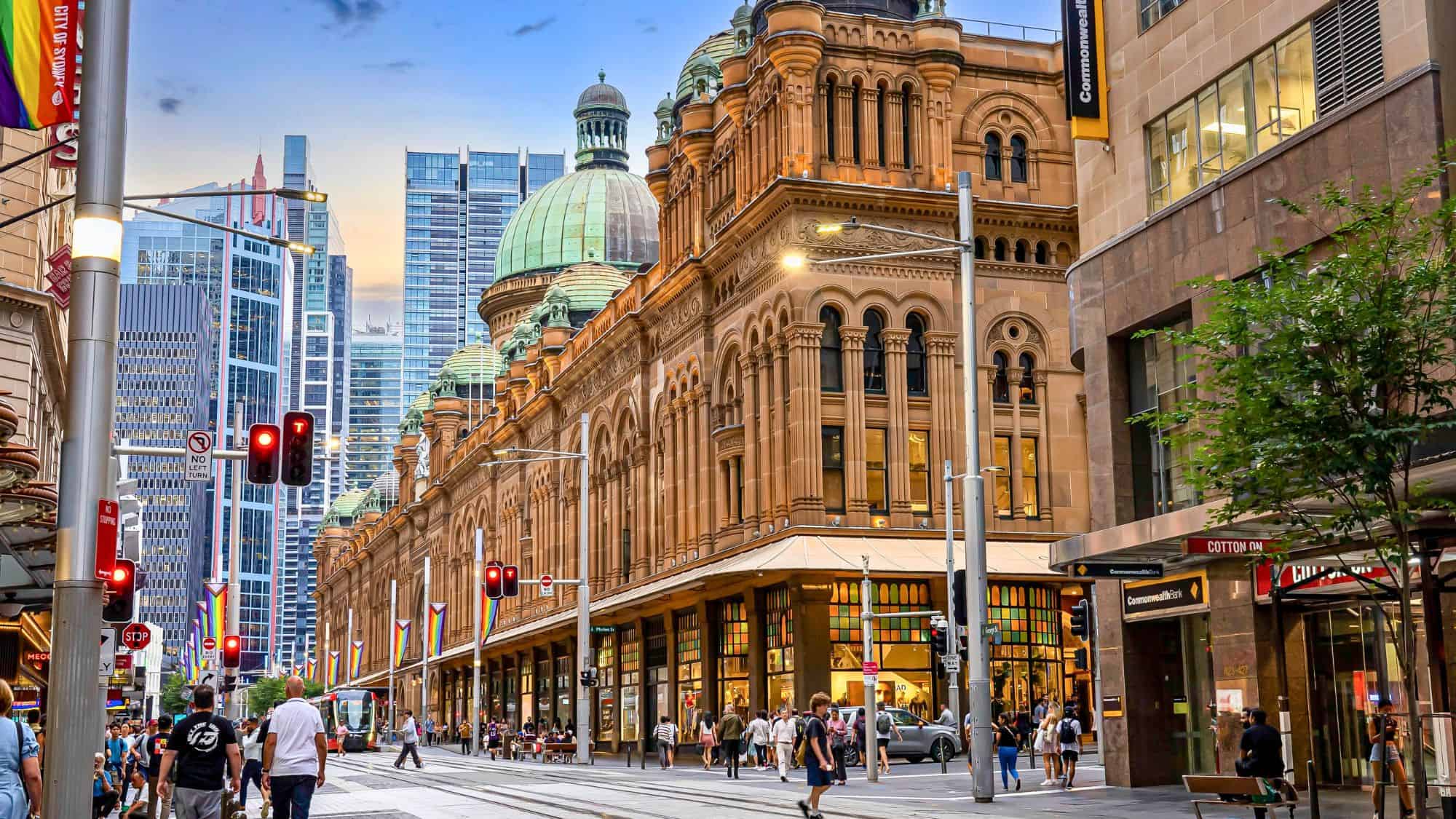
When your ship docks at the Overseas Passenger Terminal in Circular Quay, Sydney immediately delivers some of the world’s most recognizable views. The Opera House and Harbour Bridge sit within a half-mile radius, connected by wide, scenic walkways.
A short stroll through the Royal Botanic Garden opens to serene harbor views framed by eucalyptus trees and tropical blooms. And across the quay, The Rocks district preserves colonial-era buildings now filled with pubs, boutiques, and weekend markets.
Ferries glide past, street performers play by the water, and open-air cafes make it easy to linger. The city’s second cruise terminal, White Bay, is several miles away and requires transport, but ships docking at Circular Quay make Sydney one of the most rewarding cities to explore on foot.
Like Our Content? Follow Us On MSN (or click the Follow Button above) to see more from Traveling In Focus.




